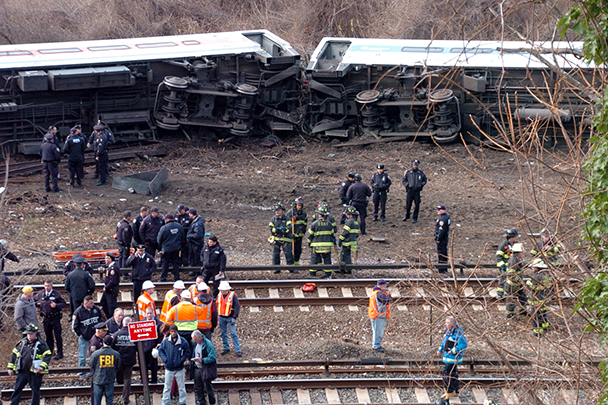The Rail Safety Improvement Act of 2008 states that the Secretary of Transportation, by regulation, shall require each Class 1 railroad carrier to develop and update, at least once every 2 years, a fatigue management plan designed to reduce the fatigue experienced by safety-related railroad employees. The Act also requires a fatigue management plan to include “opportunities for identification, diagnosis, and treatment of any medical condition that may affect alertness or fatigue including sleep disorders”.
According to a 2004 Safety Advisory issued by the Federal Railroad Administration (FRA) untreated sleep disorders can result in impaired work performance such as loss of alertness and situational awareness. Therefore, the FRA recommends that employees’ medical examinations include assessments and screenings for possible sleep disorders and other associated medical conditions. While obstructive sleep apnea is considered one of the more debilitating sleep disorders and is a significant risk factor for on-the-job accidents, it is also one of the most easily diagnosed and treated of all sleep disorders.
The picture found within this post is an example of the degradation in performance that occurs when employees work unpredictable schedules and long hours, making it difficult for them to achieve adequate rest even if otherwise healthy.
Probable Cause
The train MPRSS-21 engineer’s falling asleep at the controls of his locomotive and the unexplained inattentiveness and inaction of the conductor in the moments before the collision. Contributing to the engineer’s falling asleep was likely his use of prescription medications that may cause drowsiness, as well as his lack of sleep in the 22 hours preceding the accident.

